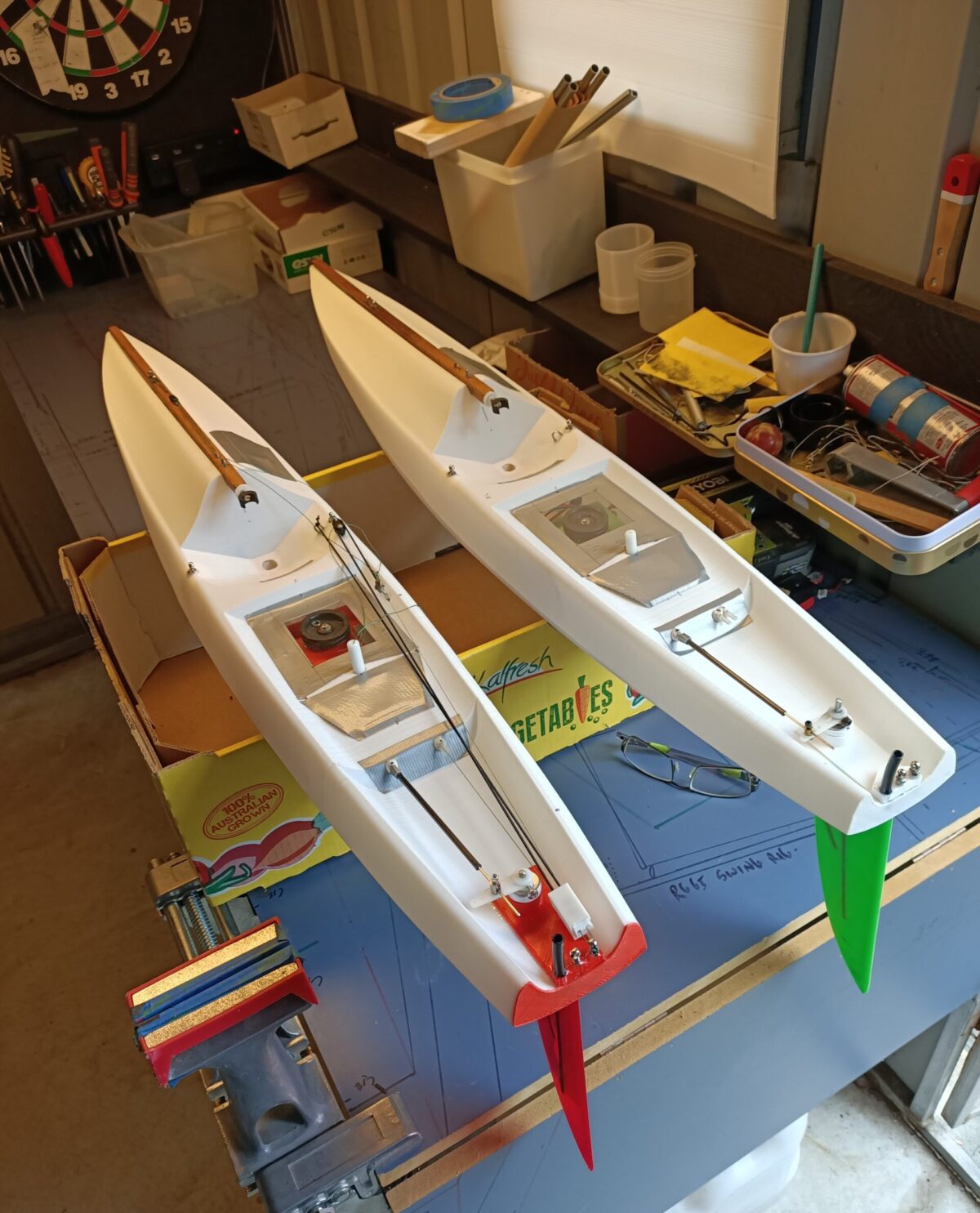
The International Radio Sailing Association (IRSA) has released a set of international rules for a unique new class based on the emerging 3D Printing Technology.
This new and exciting style of class is focused on expanding and promoting Radio Yachting to a much wider audience.
Following is an extract from the Question and Answer section of the IRSA web site.
The new Class Rules are also on the site at Documents: https://www.radiosailing.org/documents
For further information contact:
Selwyn Holland
selwyn.holland@gmail.com
(IRSA General Secretary)
__________________________________
What is the point of the NANO class?

The advent of 3D printing fittings and other parts for rc boats raises the possibility of a class where the hulls and other parts are largely constructed by 3D printing and, probably, by the end user. Although this may well work in the existing RG65 and FOOTY classes, those class rules permit conventional moulded carbon fibre for the hull and deck structures and this confers a large weight/stiffness advantage to boats built using ‘hi tech’ methods
A new class rule devised specifically to cater for those who want to create their own boat, primarily by printing it themselves, would seem to be a logical step for the sport.
Such a class is an ideal one in which students of all ages can test their design and build skills. Perfect for craft, design and technology projects. The possibility of designing the boat on Friday and going racing on Saturday has become a reality.
Importantly the class raises the possibility of readily available low cost boats within an open class that is ideal for those starting the sport of rc sailing. You do not have to choose a one design with no freedom to experiment.
Objectives of NANO class
- Sailors are quite likely to be able to design and build the majority of their own boat
- Hull and associated structural parts may only be made by 3D printing
- No hull/boat certification process
- No sail area measurement
- Event measurement only
- Draught/length ratio not so large that fin technology rules – 0.45 length maximum
- Tightly controlled rig size and number
Provisional class rules have been launched in May 2017. It is anticipated that feedback from users may assist with refinement of the class rules, if required, to help achieve the desired objectives.
